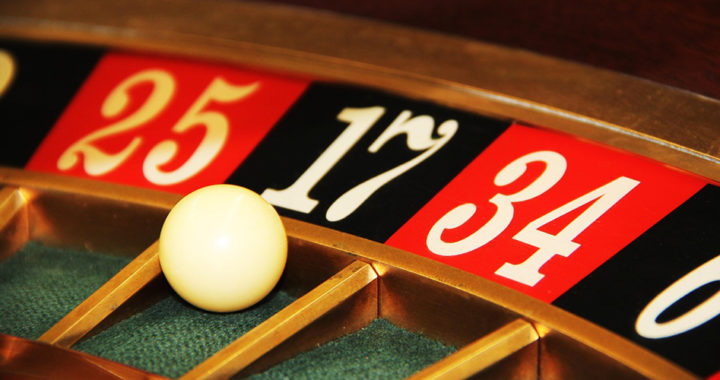American economist Milton Friedman and American mathematician Leonard J. Savage published a paper in 1948 that introduced the theory now called as the Friedman-Savage Utility Function or Friedman-Savage Double Inflection.
It is worth mentioning that the theory is a utility function. In economics, a utility function represents the ordering of preference of a consumer over a set of choices. To be more specific, it is a mathematic function that ranks options or alternatives according to their utility to an individual.
Nevertheless, the fundamental assumption of the Friedman-Savage Utility Function is that the level of risk aversion of an individual changes as the level of his or her income changes. Hence, it is a theory that tries to explain the propensity of an individual to either take risks or averse from taking one based on his or her income level.
Understanding the Theory: What is the Friedman-Savage Utility Function?
Friedman and Savage began their paper with the question: why do people both buy lottery tickets and insurance against losses? In their analysis, they found out that part of the utility function is concave, and another part of it is convex.
At low-income levels and high-income levels, the function or graph is concave, thus indicating risk aversion. However, between the low income and high-income level, the function or graph is convex, thus illustrating inflection points, which further indicates a propensity to take a risk.
Low-income earners tend to refrain from taking risk either because they do not have enough money to spend on non-essentials or are saving a certain amount for future uses. On the other hand, those with very high income also refrain from taking risks because they think that the magnitude of potential loss becomes too high. They have simply too much to lose.
Those individuals with income levels between the low and high points are usually risk takers. They would not mind spending on lottery tickets, gambling, or securing insurances because they think that the cost of not doing so would be too much.
The theory essentially provides a model for understanding why an individual is risk-loving when he or she has considerable amount of wealth and why he or she is risk-averse when he or she is either poorer or extremely wealthy. It also helps in understanding consumption patterns and investment behaviors, and why other people tend to hold money.
FURTHER READINGS AND REFERENCES
- Friedman, M. and Savage, L. J. 1948. “Utility Analysis of Choices Involving Risk.” Journal of Political Economy. 56(4): 279-304. DOI: 10.1086/256692
